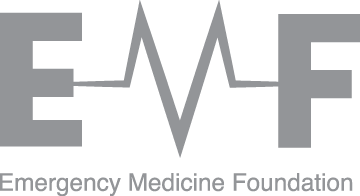Pharmacokinetic Pharmacodynamics Understanding for Fentanyl Intra-Nasal for children in pain or during painful procedures: pilot study.
Grant ID: EMSS-2009-HERD-PUFFIN
Project Summary
Fentanyl is a powerful morphine-like pain reliever. It may be given to children using a puffer (mucosal atomiser) device into the nose. This needle-free method of strong pain relief is gaining popularity in emergency departments. Intranasal fentanyl could also be used for painful procedures that currently receive very little pain relief. Examples include a meningitis test (lumbar puncture), urinary catheter for urine infections (urinary catheter), or placing a tube from nose to the stomach (nasogastric). Randomized controlled trials are required to confirm and quantify the benefit. These trials will also facilitate cost effectiveness analyses and add to safety data. Published research will facilitate practice change by making people aware of this tolerable, probably effective, and most likely cost-effective intervention.
For fentanyl the best dose or concentration to give nasally is unclear, and we have little information for very young children. Fentanyl’s effect is related to concentration achieved at the target organ (brain), which is dependant upon dose, delivery method, age, sex, time of procedure, absorption and each individuals ability to handle the medication (determined by genetics). The method to determine this information in children is using a population pharmacokinetic pharmacodynamic approach (population PKPD), recommended by the US Food and Drug Administration (FDA). Once the PKPD data has been collected, modelling may be performed to estimate optimal dose, concentration and timing.
The PUFFIN studies include randomised controlled trials, quality assurance projects and drug studies. Each study has its own goals but is designed so that results of may be combined using population PKPD. The pilot study will study 10 children and establish laboratory assays, test the feasibility of data collection and validity of pain measurement. Once the pilot is complete, further funding will be sought.
SHARE




